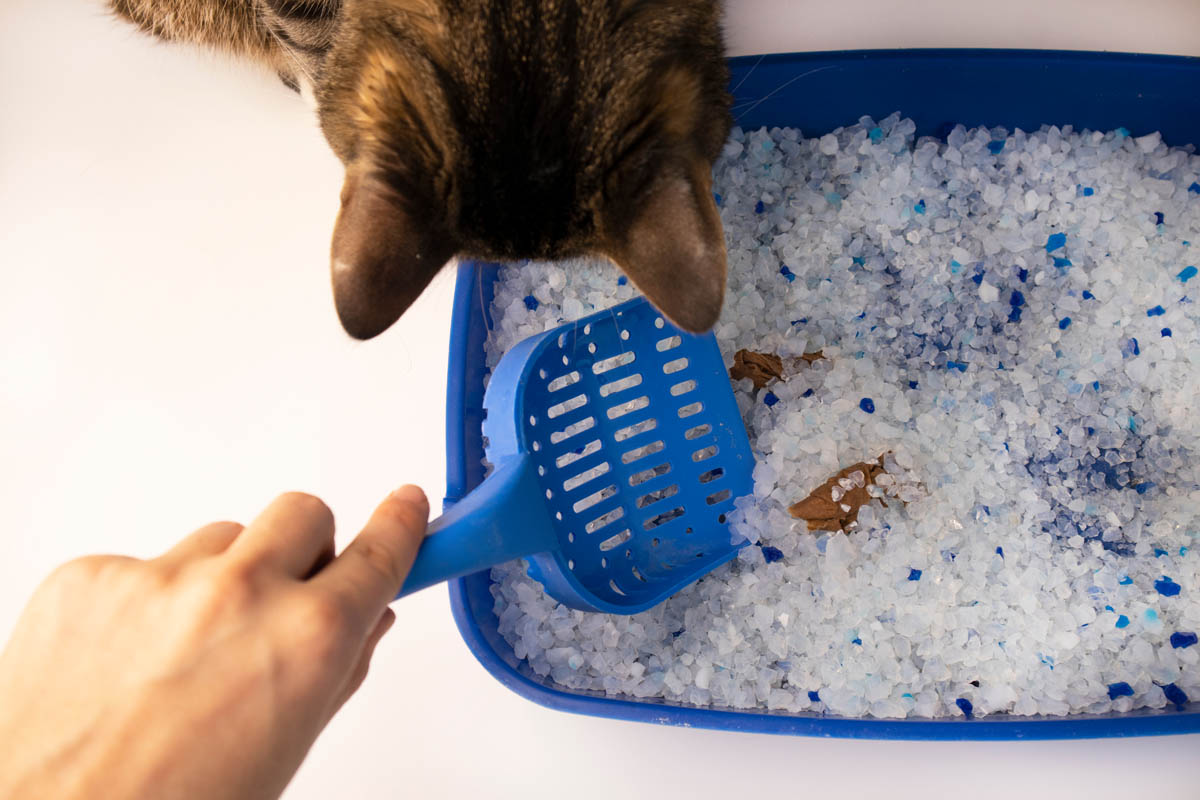A cat’s poop (also known as stool or feces) can tell caregivers and veterinarians a lot about their health. Pet owners may be alarmed to find worms (most often white worms) in their cat’s poop. Roundworms, hookworms and tapeworms are the most common intestinal worms in cats. Pet owners must be aware that intestinal worms can impact the health of the cat and that roundworms and hookworms can be transmitted to humans. As we are not the natural host, it is not able to complete its life cycle but has the potential to cause blindness if it migrates to the eyes.
This article takes a look at roundworm, tapeworm and hookworm, what to look for, and how these common intestinal parasites are treated.
Most common worms found in cat poop
1. Roundworm
Roundworms look like long white/yellow worms, as shown on the picture below. They are an extremely common intestinal worm with a spaghetti-like appearance that feeds upon the intestinal contents, competing with the host for food.

As pictured below, roundworms in poop:

Two species of roundworm infect cats, Toxocara cati and Toxascaris leonina. T. cati is the most common species to infect cats. Domestic and wild felids are the natural host, but other mammals can become transport hosts. Adult roundworms can reach a length of 10 – 15 cm. Adult roundworms feed on the stomach contents, competing with the cat for nutrients.
Treatment: Several safe medications are available to treat both roundworm species. Treatments are only effective against adult roundworms, but not the immature forms of the worm or migrating larvae; therefore two or three treatments are necessary at two to three-week intervals. Learn more about Roundworms & How to get rid of roundworms.
2. Hookworm

Hookworms are small, white, thin nematodes approximately 1 – 2 mm long that live in the duodenum (the first part of the small intestine) where they use six hook-like teeth to attach to the intestinal wall. The most common hookworms to infect cats are Ancylostoma and Uncinaria species.
Hookworms feed on mucosa and blood, and each adult hookworm can consume up to 0.1 ml of blood every day. As the hookworm feeds, it injects an anticoagulant into the feeding site to prevent blood clotting. A heavy infestation can lead to anemia (low red blood cell count) due to blood loss. Learn more about hookworms & how to get rid of hookworms.
3. Tapeworm
The most common tapeworm species, Dipylidium caninum, infects cats when they ingest an infected flea. Tapeworms (cestodes) are flat, segmented worms that live in the small intestine of their host (white / yellow-ish). The tapeworm has a tough outer skin that is able to withstand strong digestive juices. Because tapeworms have no mouth or digestive tract, they must obtain pre-digested food via their host which they absorb through their porous skin.

Pictured below are tapeworms in cat poop (two pictures):

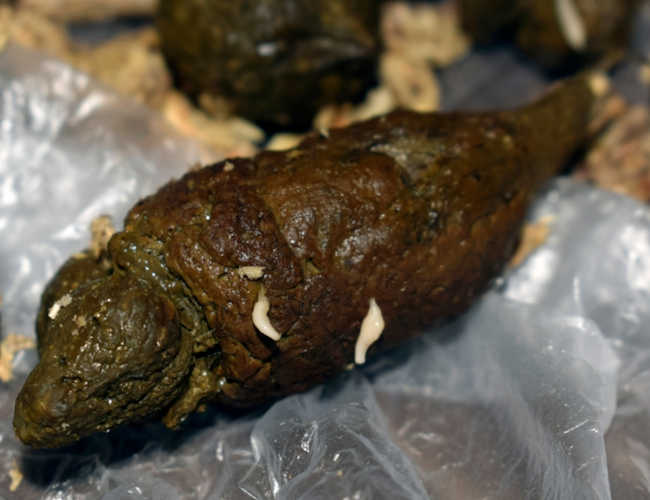
Adult tapeworms can reach 30 cm in length, and consist of a head (scolex), neck, and a segmented body, known as proglottids, or collectively, strobila. The head has hooks at the end, which attach to the intestinal wall. Once attached, the tapeworm begins to make proglottids, each of which has its own digestive tract, as well as male and female reproductive organs. As the tapeworm matures, the proglottids at the terminal end break off and pass out of the cat’s body via the stool.
Treatment: Praziquantel is the typical treatment for tapeworms. It is often combined with other dewormers to provide a broader spectrum of parasite control. A single treatment is usually effective, but your vet may recommend a second dose in a few weeks in case of re-infection. Good hygiene, feces removal, and overall home cleanliness are some of the most important steps you can take to protect your cat. For example, it is estimated that 90% of fleas are found in the environment (house, carpet) and 10% are actually on the pet. Since tapeworms are spread via infected fleas, home cleanliness becomes vital to controlling the spread of the worms and preventing reinfection. Learn more about Tapeworms & how to get rid of tapeworms.
Do worms go away on their own, or is treatment needed?
Do not ignore a cat with a worm infestation, worms will not go away on their own, and a heavy worm burden can have a negative serious impact on the cat’s health as intestinal worms compete with the cat for nutrients, or in the case of hookworms, consume the cat’s blood.
What do I do if I find worms in my cat’s poop?
If you notice worms in your cat’s poop, schedule an appointment with your veterinarian. Bring along a small sample of stool to the appointment for the veterinarian to evaluate for worms and eggs. The veterinarian will prescribe an appropriate dewormer to treat the cat. It takes approximately 2-3 days for a dewormer to kill intestinal worms in cats. You may notice dead worms in the cat’s stool, which is normal. In some cases, the worms may still be alive in the stool, but this is uncommon.
Tapeworms segments can stick to bedding, rugs or blankets where the cat sleeps. Wash all of the cat’s bedding and blankets in hot water and if possible, dry on a high heat and use the heat of an iron over the fabric (if it is safe to do so) to kill worm eggs and tapeworm segments, and steam clean rugs. To learn more, read our article: My Cat Has Worms – How Do I Clean the House?
You can still touch your cat if he or she has worms, however, always wash your hands after you have had any physical contact with your cat.
Can you treat your cat for worms at home?
You can treat your cat for worms at home, although you should always discuss the situation with your veterinarian first before any home treatment. We recommend a veterinary-approved dewormer, as not all products are effective. Your veterinarian can perform a fecal flotation or fecal analysis to determine what species of worm the cat has and prescribe the most suitable dewormer. Treat all cats and dogs for worms at the same time. Dewormers only kill adult worms, therefore repeat treatments will be needed.
When to call your veterinarian
If you suspect your cat has worms, call or schedule an appointment with a veterinarian. Hookworms and roundworms remain in the body and do not directly pass out of the body via the stool, therefore, if you are seeing worms in the stool, it warrants investigation. The veterinarian will also evaluate the overall health of the cat to determine if the worms have caused any medical issues such as anemia or malnutrition.
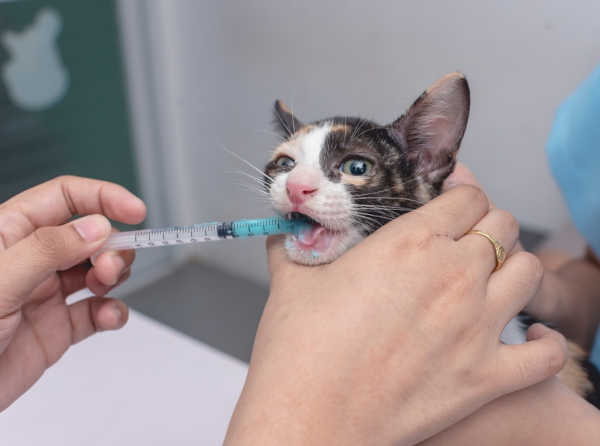
How long after deworming are the worms gone?
A dewormed cat can still have worms, even if you gave them an appropriate dewormer. It does not mean that the dewormer was ineffective. It often just means that it didn’t get ALL the worms.
The other important thing to remember about most dewormers is that they only affect worms in the intestinal tract, not those in other parts of the body. So if a worm has migrated to lung or mammary tissue, those are much harder to get rid of. You may need additional rounds of dewormer as worms migrate through the body. This is especially important for cats that go outside or hunt prey animals frequently. Some vets will recommend rechecking a fecal sample from your cat to ensure that the parasites are cleared. Read our article: How Long After Deworming Are The Worms Gone?
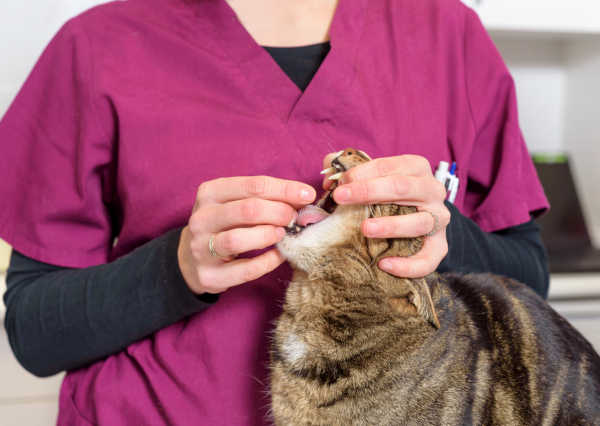
Is it worms in your cat poop or could it be something else?
It is possible that what you are seeing in the cat’s poop are not worms but something the cat has ingested that has passed out of the body via the stool.
- String, cotton thread or hair ties may be accidentally or intentionally ingested, which can pass out of the stool.
- Undigested food such as rice can have a similar appearance to a tapeworm proglottid.
- Chewed-up bones or toy parts.
- Maggots can hatch onto cat poop if the poop is left out and a fly lays her eggs on it. It takes between 24 – 48 hours for maggots to emerge.
This highlights the importance of a veterinary diagnosis, to determine if the cat has worms, and if so, what type of worms he or she is infected with.
How are cats infected with worms?
- Transmammary – kittens can get infected via milk: Infection with hookworm or roundworm can occur even if the mother cat is routinely dewormed. When a cat is infected with hookworm or roundworm, some of the larvae migrate to the tissues of the cat where they encyst. Once the cat becomes pregnant, they migrate to the mammary glands and infect the kittens via the milk.
- Ingestion – cats can get infested when eating animals infected with worms: Infection of hookworm, roundworm and tapeworm can occur via ingestion of eggs or larvae from the environment and consuming animals infected with worms.
- Vector – cats can get infected visa the ingestion of a flea: Tapeworm transmission occurs via the ingestion of a flea which serves as an intermediate host to the parasite.
Common signs of worms in cats
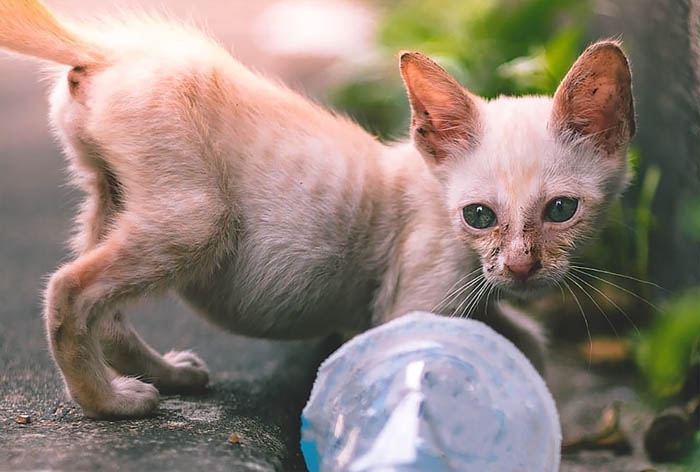
Worms in the stool is an uncommon finding and most pet owners won’t be aware their cat has worms unless he or she has a heavy parasite burden. Symptoms can vary depending on the species of worm, but typically, the following symptoms are common for hookworm, roundworm and tapeworm infections.
- Potbellied appearance
- Stunted growth in kittens
- Poor coat condition
- Coughing
- Vomiting worms
- Pale gums due to anemia
- Weight loss
- Dark, tarry stools (hookworm)
Why do worms end up in cat poop?
As the adult tapeworm matures, tapeworm proglottids break off from the terminal end of the worm and pass out of the body via stool. Proglottids are approximately 10mm long and have the appearance of rice. Once outside the body, the proglottid dries out which exposes its eggs, which look like sesame seeds.

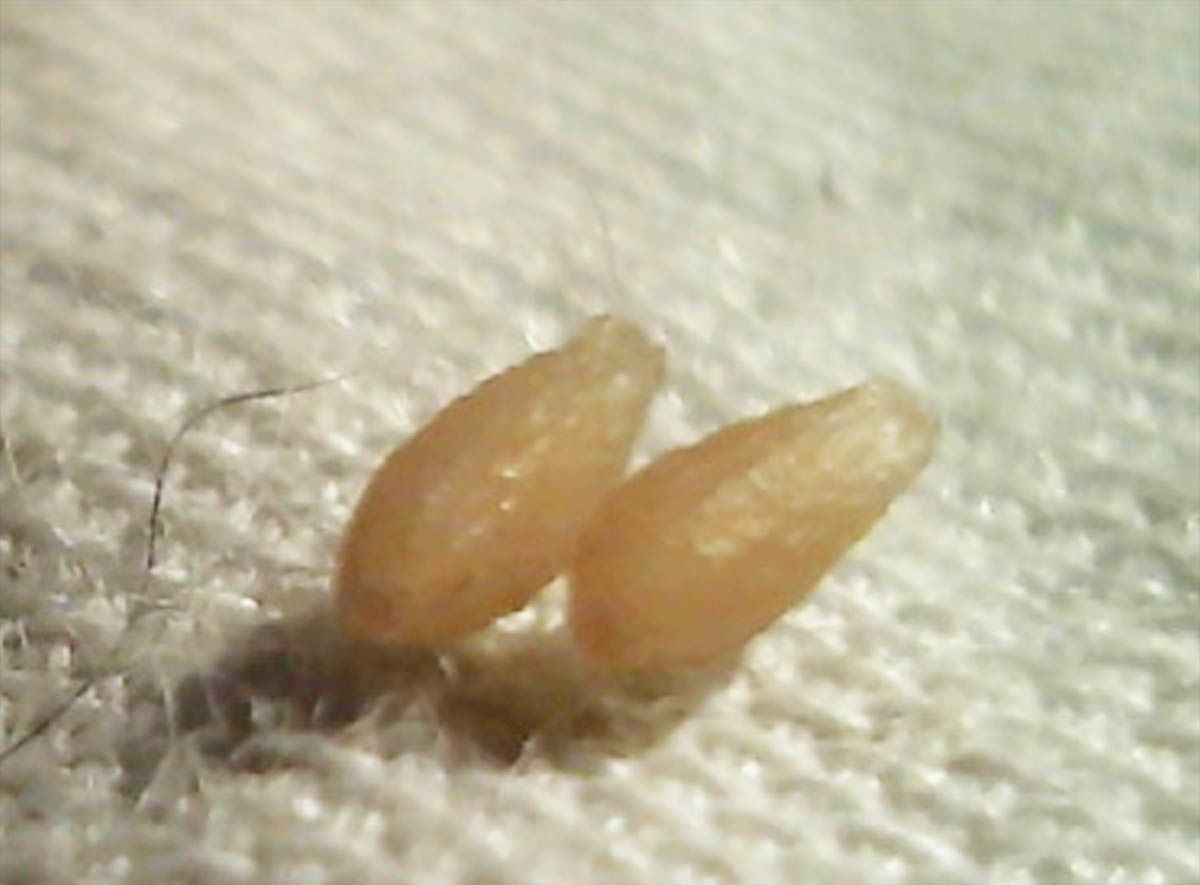
Roundworms and hookworms are seen less often in the poop than tapeworms, however, cats with heavy parasite burdens may have roundworms or hookworms in the stool. Roundworms are pale cream and spaghetti-like in appearance, and hookworms are generally too small to see. Worms may also be seen in the poop if the cat has recently been dewormed.
What should I do to prevent these worms from coming back?
All cats, even indoor-only cats, should be treated for worms regularly with dewormer. Worming products may be topical (applied to the back of the neck), syrups, pastes, chews or tablets.
Most dewormers treat a number of parasites including hookworm, roundworm, and fleas as well as heartworm and tick preventatives. Remember, that fleas transmit tapeworms, so it is important to routinely treat cats for fleas and worms. Preventing cats from hunting also reduces the risk of worms, which can be transmitted when the cat consumes its prey that is infected with worms or other infectious organisms.
Worming adult cats:
The frequency of administration can vary between products and can range from monthly application of topical products to once every three months for tablets. Always follow the instructions on the packet and never give a cat a dog worming product unless instructed to do so by your veterinarian.
Worming kittens:
- Deworm every 2-3 weeks, from 3 weeks until 12 weeks.
- Consult your veterinarian to assess your kittens’ risks and to obtain an appropriate dewormer.
What is the prognosis for cats with intestinal worms?
Kittens are at increased risk due to their small size. Tapeworms and roundworms compete with the cat for food, which is critical for growth and development. A heavy hookworm infestation can cause anemia due to blood loss. The good news is that the prognosis is excellent. There is a wide choice of effective worming medications available to treat your cats.
